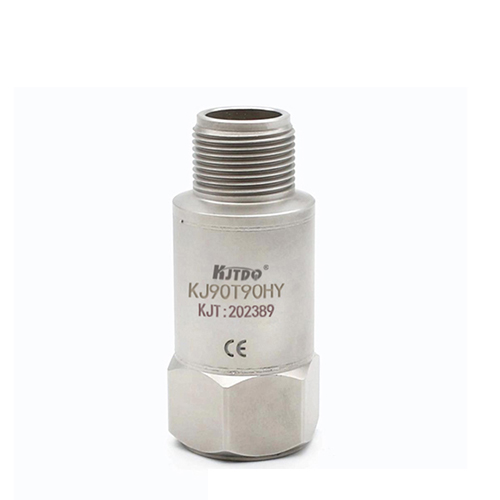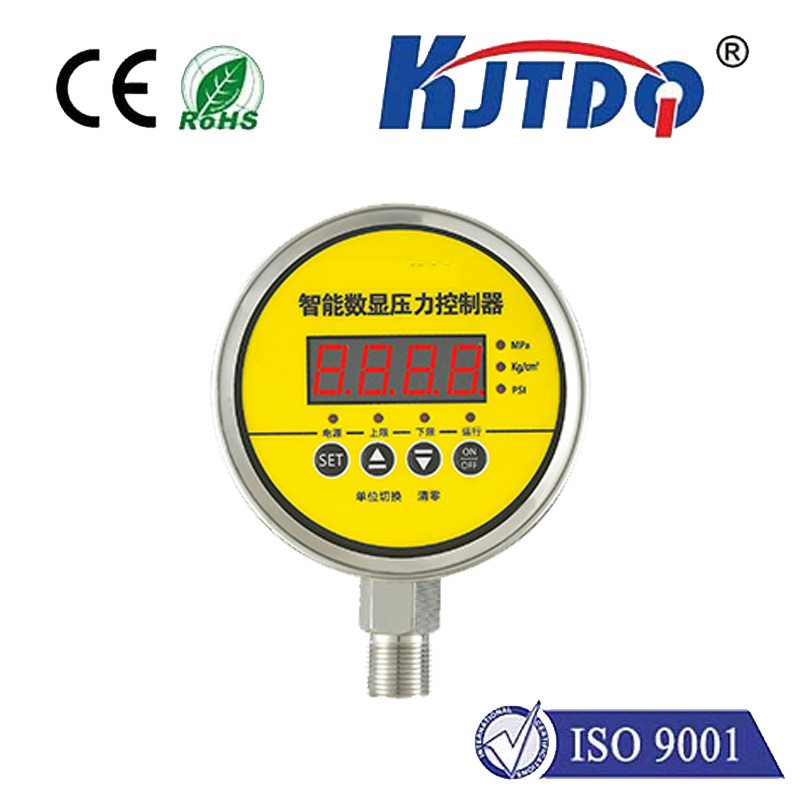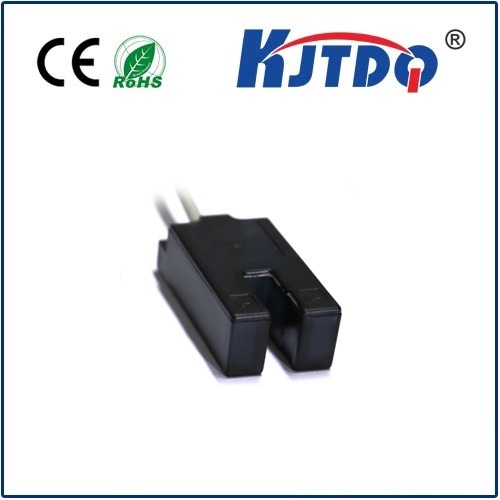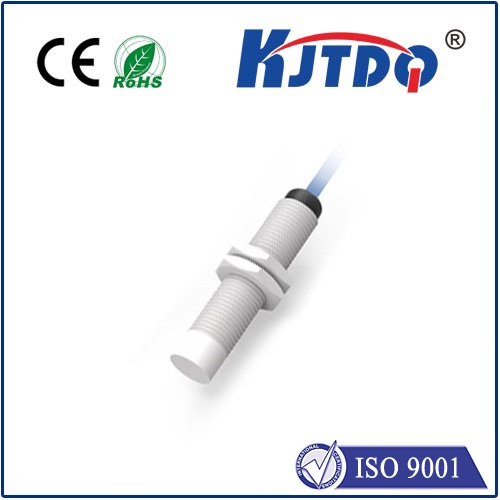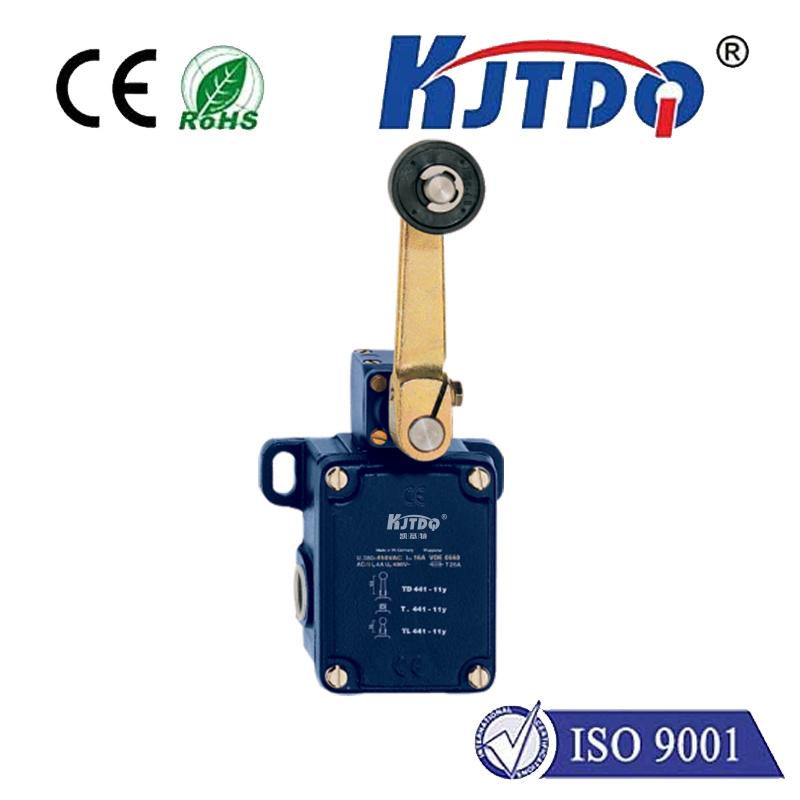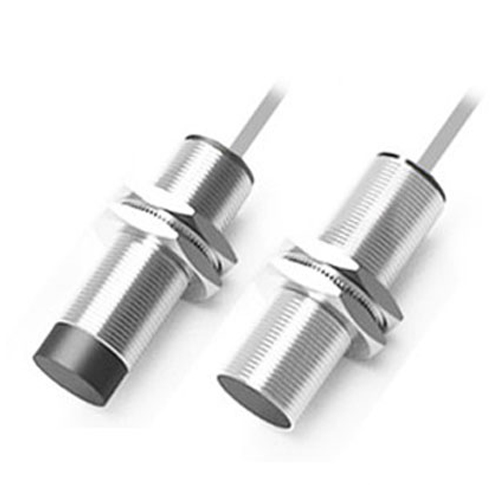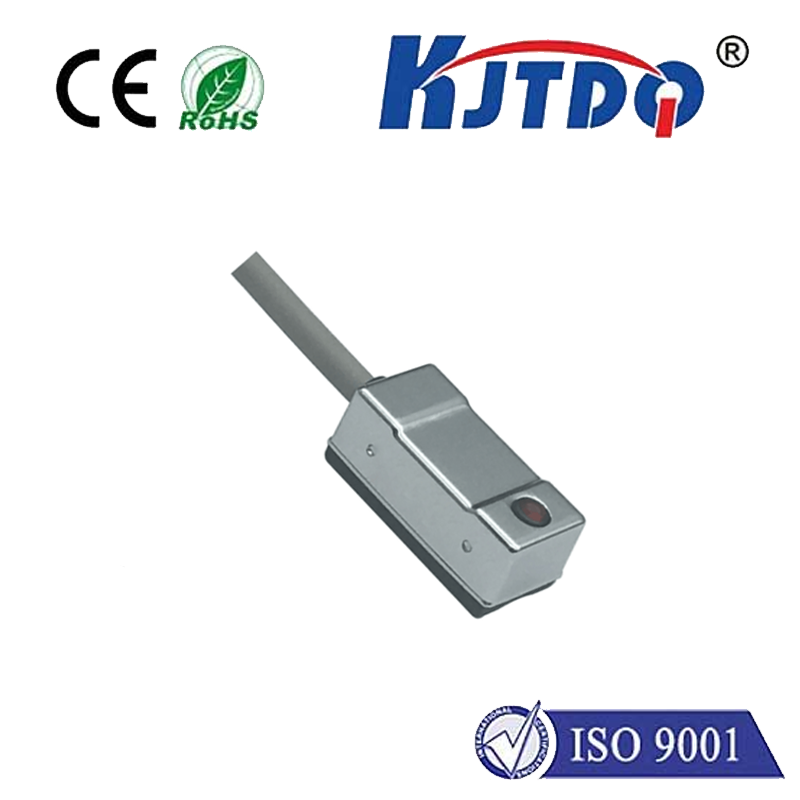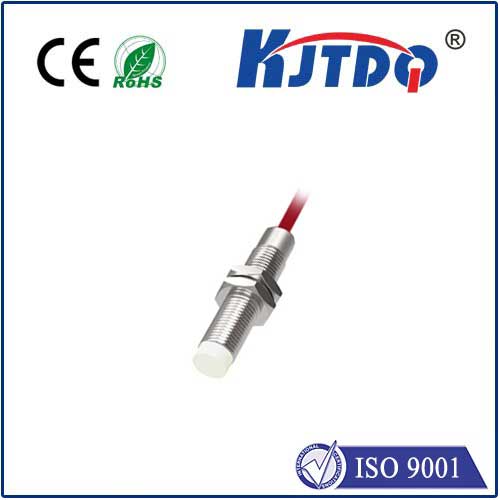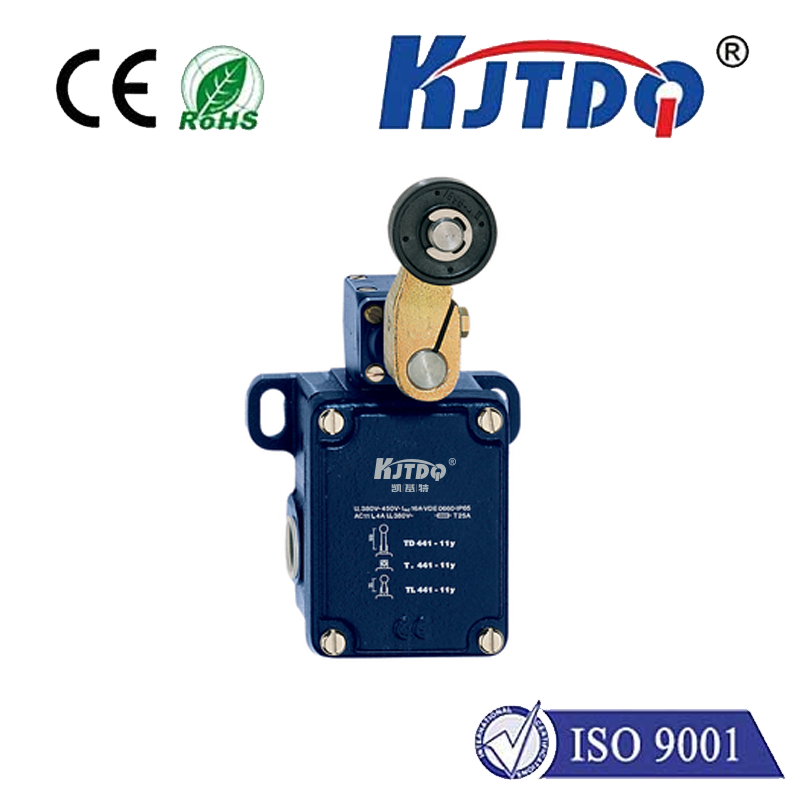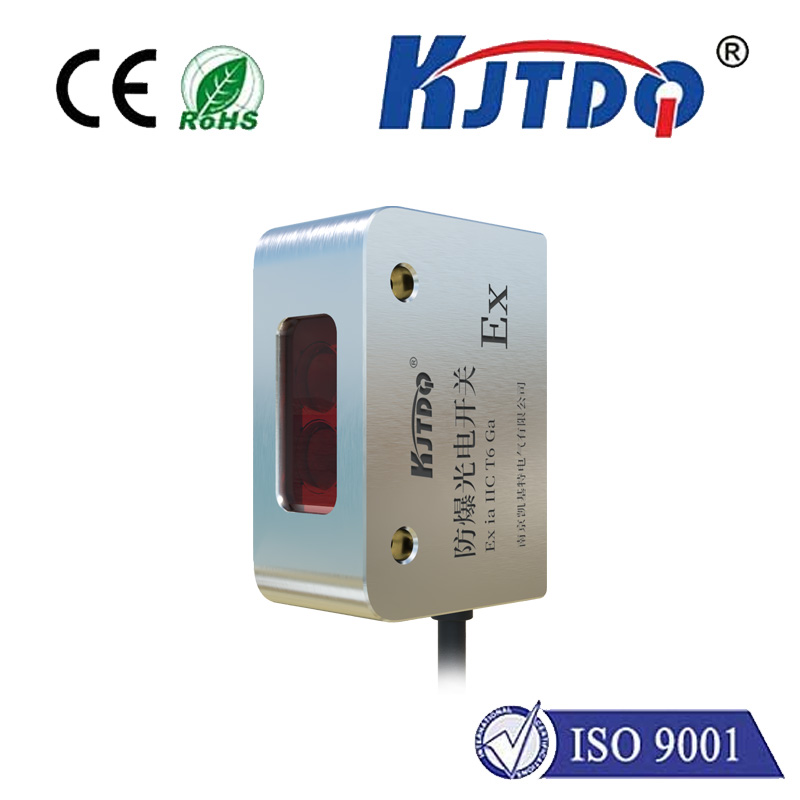

check

check

check

check

check

check

check

check

check

check
Title: Understanding the Basics of SL1, EK Limit Switches
As a technical writer and assistant, I understand the importance of providing clear and concise information about complex topics. In this article, we will delve into the world of SL1, EK limit switches, their functions, and applications.
Section 1: Introduction to SL1 and EK Limit Switches
A limit switch is an essential component in many mechanical systems, especially those that require precise control and safety features. Two types of limit switches commonly used are the S-shaped (SL1) and the electronic (EK) types. Each type has unique characteristics that make them suitable for specific applications.
Section 2: The SL1 Limit Switch
The S-shaped (SL1) limit switch is designed with a simple yet effective design. It consists of a coil that is triggered when the switch contacts its contact terminals. When the coil is activated, it creates a magnetic field that attracts or pushes against a movable part, such as a gear or a motor. This movement triggers an internal mechanism that sends a signal to an operator or control system.
The SL1 limit switch is often used in industrial applications where precise control and reliable performance are crucial. It is known for its high durability and long service life, making it an ideal choice for demanding environments. However, it may not be as efficient as electronic limit switches in terms of speed and response times.
Section 3: The EK Limit Switch
The electronic (EK) limit switch is a more advanced version of the traditional S-shaped switch. Instead of relying on a mechanical mechanism to send signals, it uses electrical circuits to do so. This means that it can operate faster and provide more accurate control than the SL1 variant.
The EK limit switch typically consists of a coil, a contact terminal, and an internal mechanism that detects the switch's state. When the coil is activated, it sends a signal to the contact terminals, which opens or closes them based on the switch's position. This action triggers an internal mechanism that sends a signal to an operator or control system.
Section 4: Applications of SL1 and EK Limit Switches
Both SL1 and EK limit switches have various applications in different industries. For example:
* In the automotive industry, they are commonly used to control door locks, power windows, and other functions in vehicles.
* In manufacturing plants, they are employed to monitor machine operations and prevent accidents by detecting when machines have reached their maximum limits.
* In robotics and automation systems, they are utilized to provide precise control over robots' movements and actions.
* In laboratory experiments, they are frequently used to measure temperature, pressure, and other parameters in controlled environments.
Conclusion: Choosing Between SL1 and EK Limit Switches
When selecting between SL1 and EK limit switches, it's important to consider factors such as accuracy, speed, cost, and application requirements. While both types offer reliable performance and safe operation, the electronic version may be more suitable for fast-paced environments where quick response times are critical. On the other hand, the SL1 variant may be a better option for applications where reliability and durability are more important than speed. Ultimately, the choice depends on the specific needs of your project or application.
